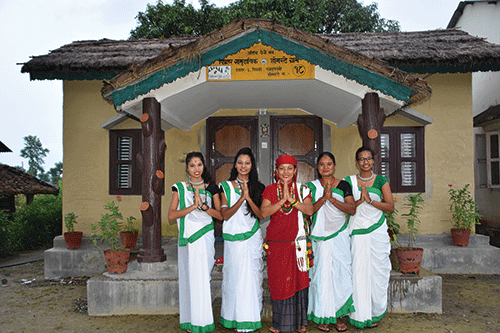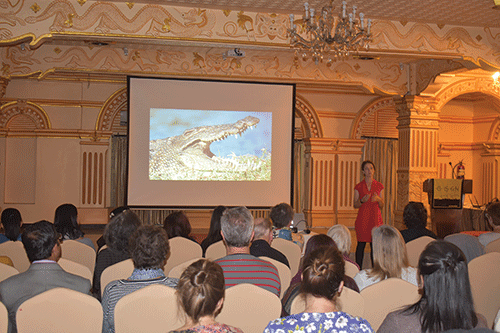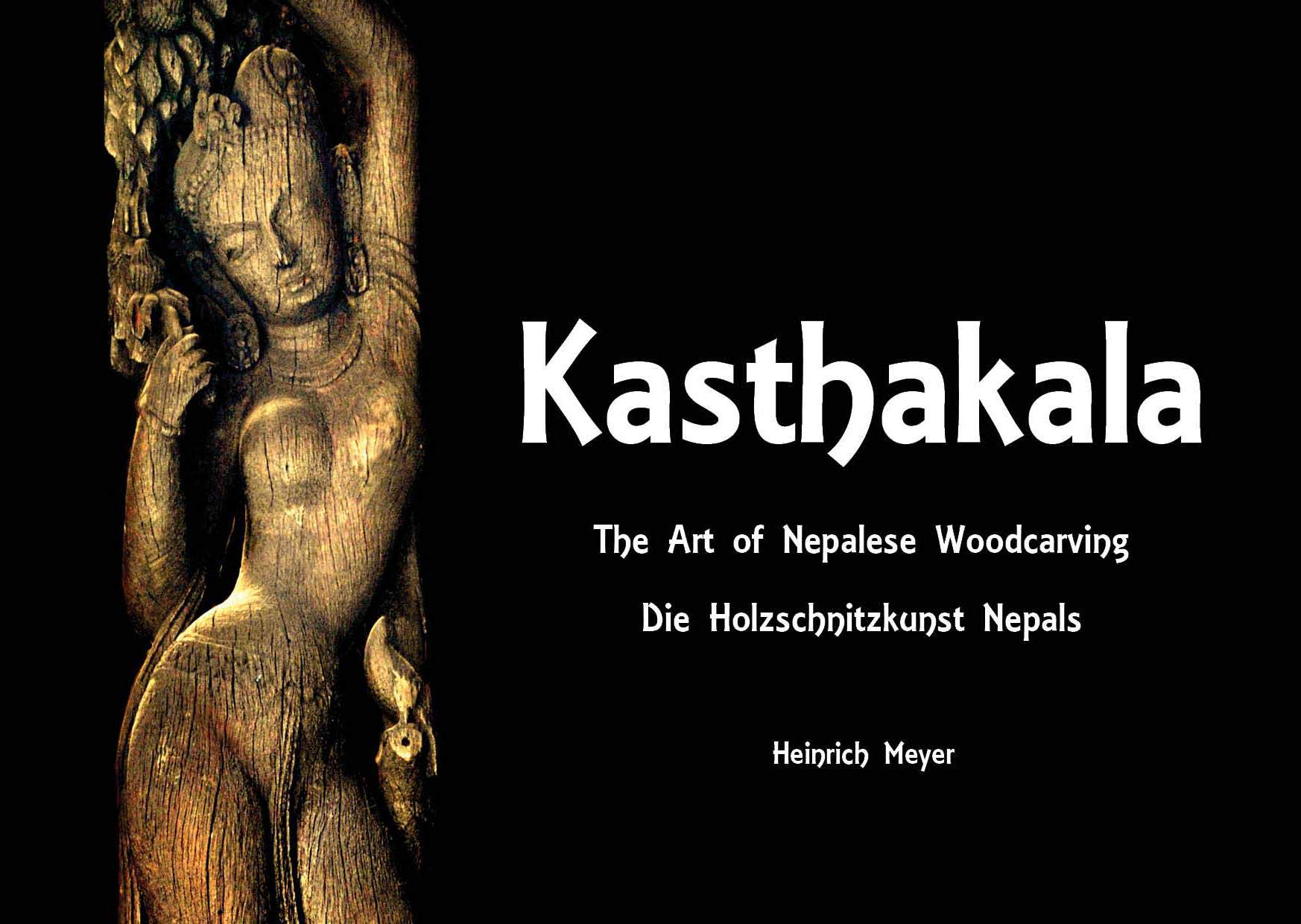
Twenty years ago, few Nepali people opted for coffee if given a choice between tea and coffee. Today, we see them drinking coffee often enough, and coffee culture is here to stay. Around Thamel there are quite a few restaurants that specialize in the drink. Himalayan Java, Himalatte Café and Chikusa (Real Coffee) are some of the outlets that one would go to for a good strong coffee. In recent times, many Nepali farmers were advised to grow coffee as a cash crop and are today reaping the benefits. Nepali coffee is being exported and local restaurants are also good buyers. The good news; it is popular not only in Nepal but also outside the country. As Toni Brennan, an English tourist exclaimed, “the coffee tastes like ‘real coffee. It’s authentic.”
When we walked into ‘Chikusa’ in Jyantha, our timing could not have been better. They had just received a consignment of fresh Nepali coffee beans. In fact, had we not been in luck, I would not have known that coffee beans are actually bright red in color. It is only after they are dried and roasted that they turn dark brown, the color we are all familiar with.
Arabica and Robusta are genuses from the family of Rubiaceae, otherwise known as coffea. They are shrubs or small trees and the seeds of this plant are ingredients for perhaps the most drunk beverage next to tea i.e. ‘coffee’. It is ranked as one of the world’s major cash commodity crops and ranks third to cocoa and oil in terms of legally traded products worldwide. Of the 24 varieties of coffee found worldwide, Coffea Arabica dominates the market and for coffee aficianados it is the favored drink.
After its introduction, Nepal has steadily climbed the global ladder of production of organic coffee. It is particularly the climate and altitude of the country that helps produce a superior quality bean and is more flavorful and complex. Moreover, the beans command a better price on the international market. 19 districts in the country produce quality coffee and the districts include Tanahun, Lamjung, Gorkha, Syangja, Kaski, Palpa, Gulmi, Arghakhanchi, Syangja, Baglung, Myagdi, Parbat, Dhading, Nuwakot, Kavre, Sindhupalchok and Lalitpur (Patan).
Nepal exports coffee to Japan, UK, USA, Germany, Netherlands and France and the demand is increasing day by day. In fiscal year 2004-2005, coffee worth about NRs 9,000,000/- was exported and Japan was the biggest buyer. All coffee produced in Nepal is organic and handpicked, which gives it the highest standard. But coffee is still grown in small farm land and not in vast plantations as it should be. Hence production is relatively low. Nepali coffee producers and exporters admit they do not have the capacity to meet the demand. One exporter recalls how a Japanese importer teased him by asking him, “Can you send me a thousand tons?” Production is low and the demand is high, which means future prospects are good for Nepali coffee.










